If there’s one flower that’s both shamelessly promiscuous and awkwardly shy, it’s the winter rose, or hellebore.
She loves cold temperatures, the crisp frost and chilling air that comes with winter. We find it incredible that her delicate beauty
can withstand such bone-crunching cold. But she also loves the winter sun beneath deciduous trees that then provide her with essential summer shade when these trees come back into leaf.
Picked and ready for float bowls and silver platters. Photo - Luisa Brimble
The winter rose (Helleborus) is actually not a rose at all, but a low groundcover with shy, nodding flowers that originated from China.
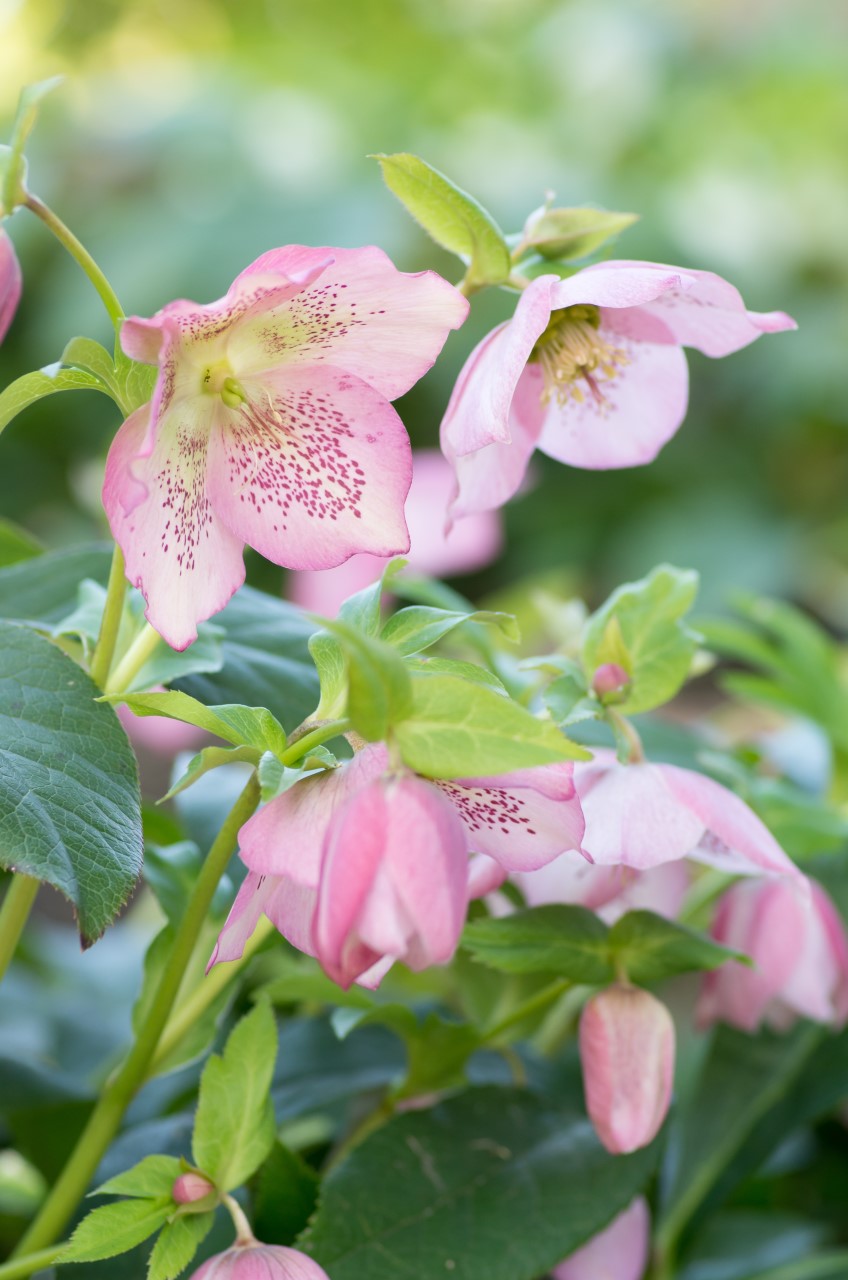
Speckled faces. Photo - Inomoto/Shutterstock.com
I’ve been collecting hellebores for years – I fell in love with their muted plum and green blooms, pretty speckled markings and papery texture. Their mad
promiscuity results in a wonderful array of differently toned and marked flowers. Hellebore orientalis can cross pollinate not just with themselves,
but with other species as well, resulting in offspring can be anything from the prettiest of freckled progeny to muddy hybrids. Bin the rejects and
nurture seedlings popping up near existing favourites in the hope these new plants will retain their parent’s qualities.
They are perfect to pick, good to float in bowls and will last forever. Fill a bucket with cold water and head outside! You’ll notice that some flowers
have stamens with their pollen still intact. They will need to be picked on short stems so they don’t flop in the vase; they look like this…
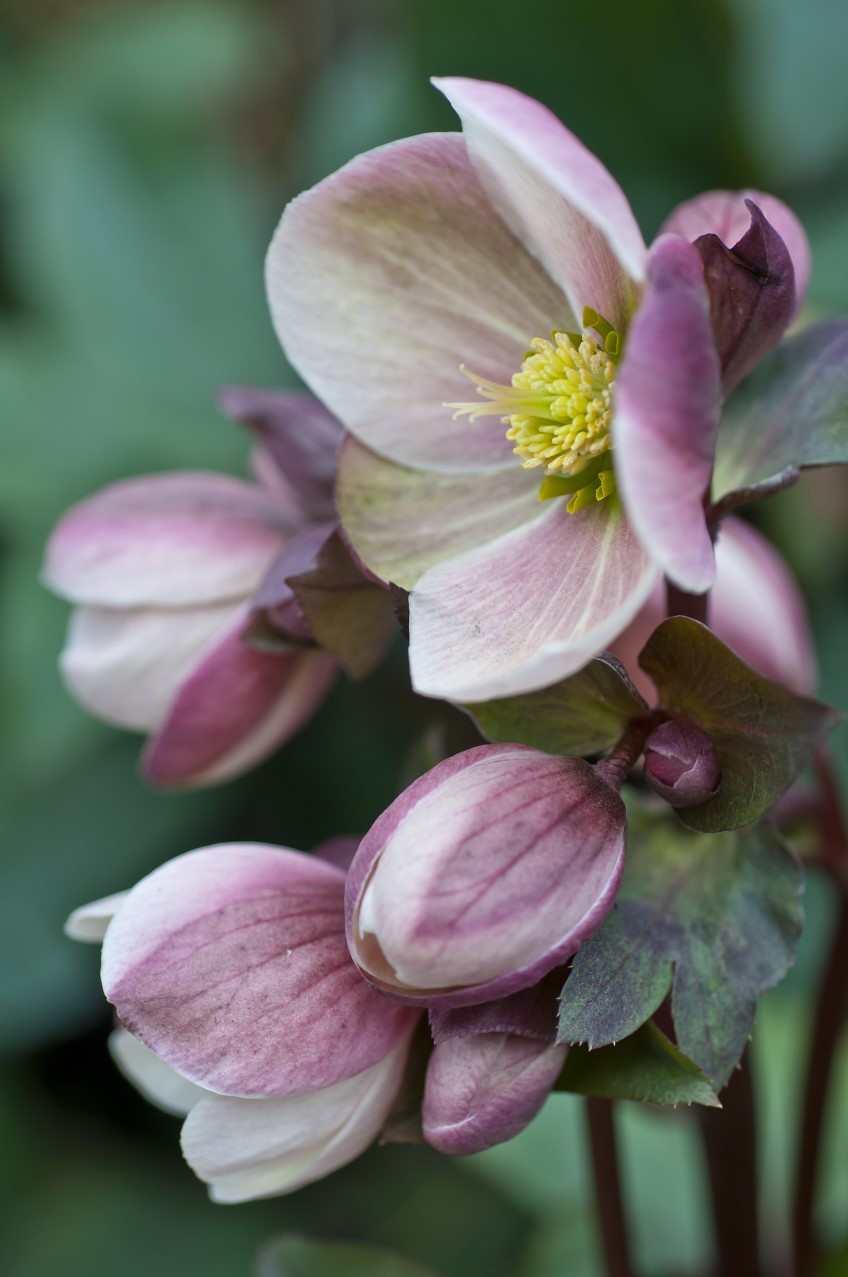
Photo - bodorka/Shutterstock.com
Other flowers have dropped their pollen and you’ll see the beginnings of a seed pod developing, like this.
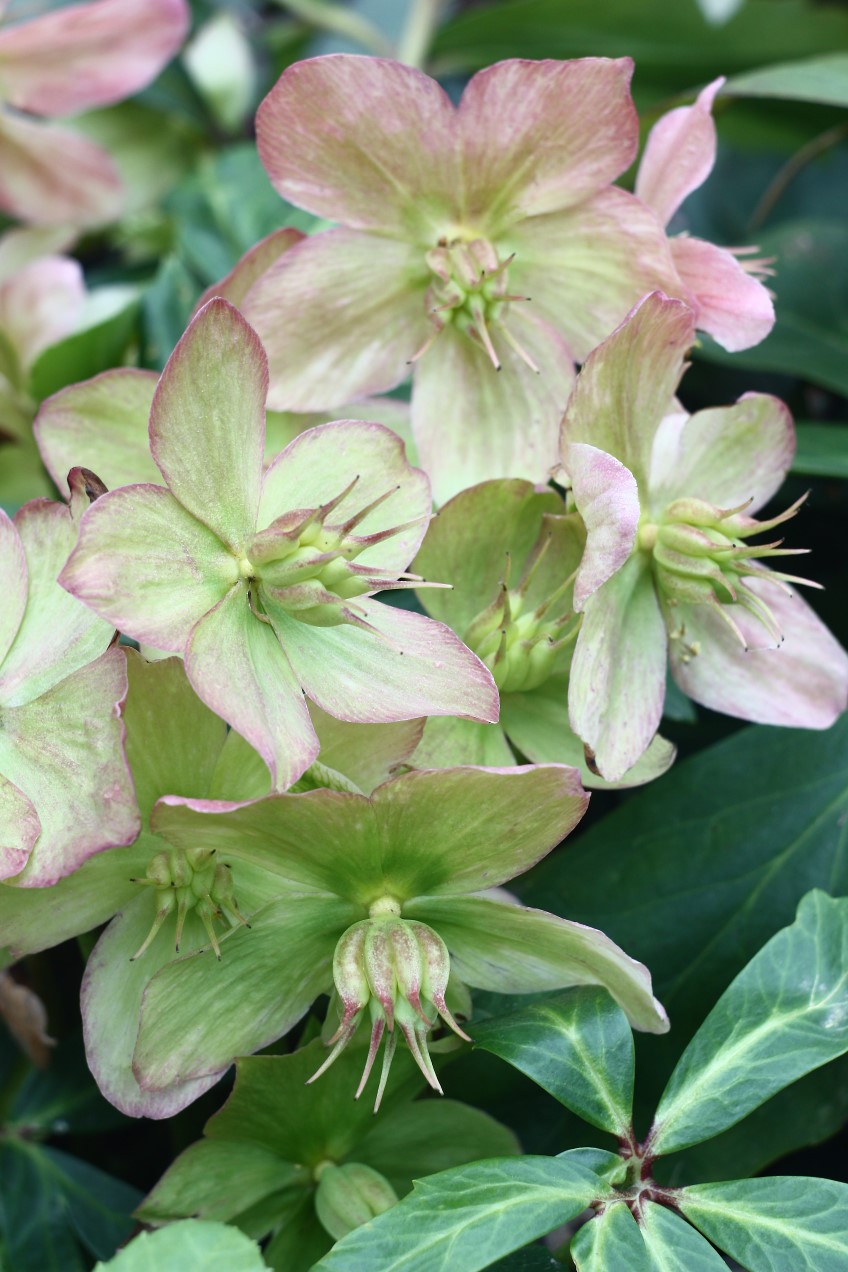
Seed heads developing. Photo - imamchits/Shutterstock.com
Empty flowers, or those beginning their seed pods can be left long stemmed. Put all the flowers straight into a bucket of cold water and head back to the
kitchen so they don’t have a chance to wilt.
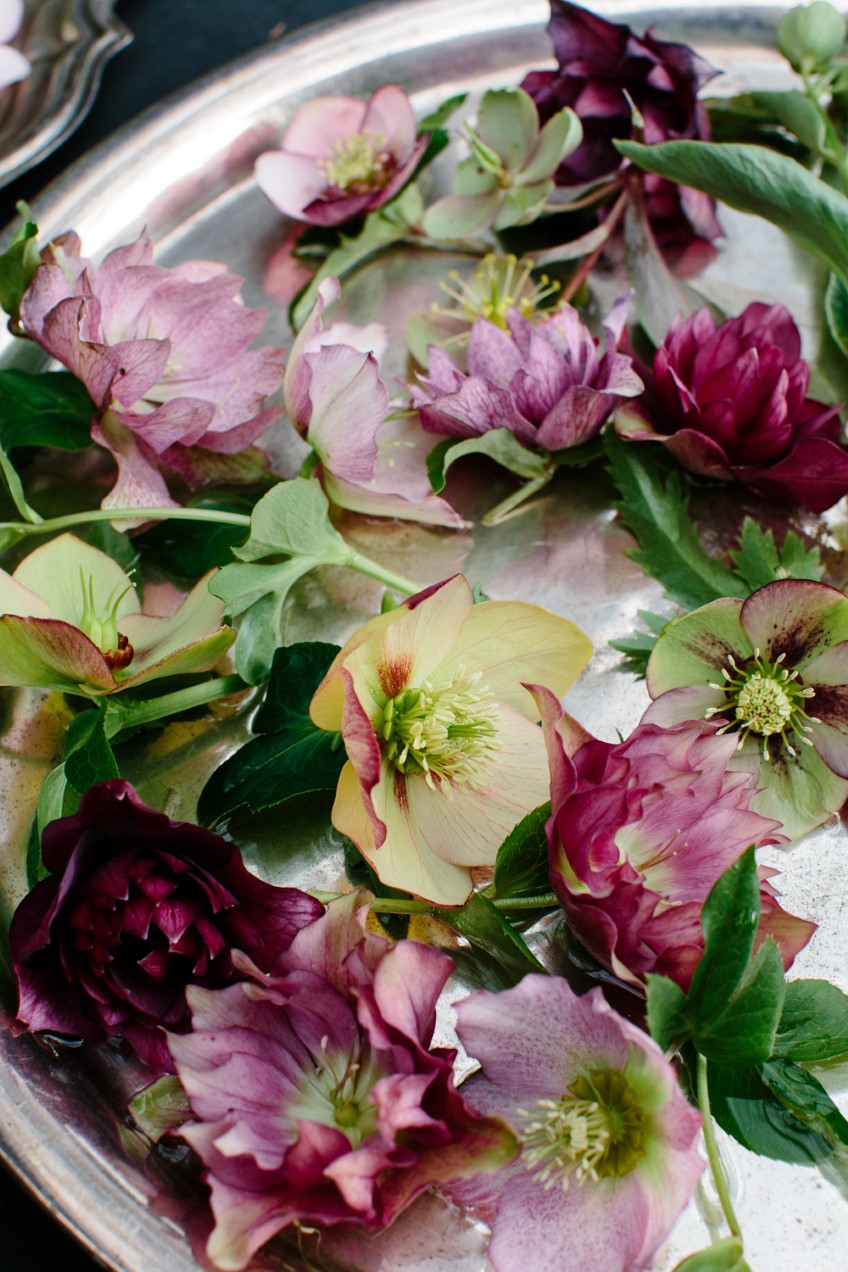
Floatbowls. Photo - Luisa Brimble
Strip off any foliage that would sit below the water level so they don’t rot. Then dip all lower 4cm of all stems into boiling water for 20-60 seconds.
Plunge them straight back into the cold water.
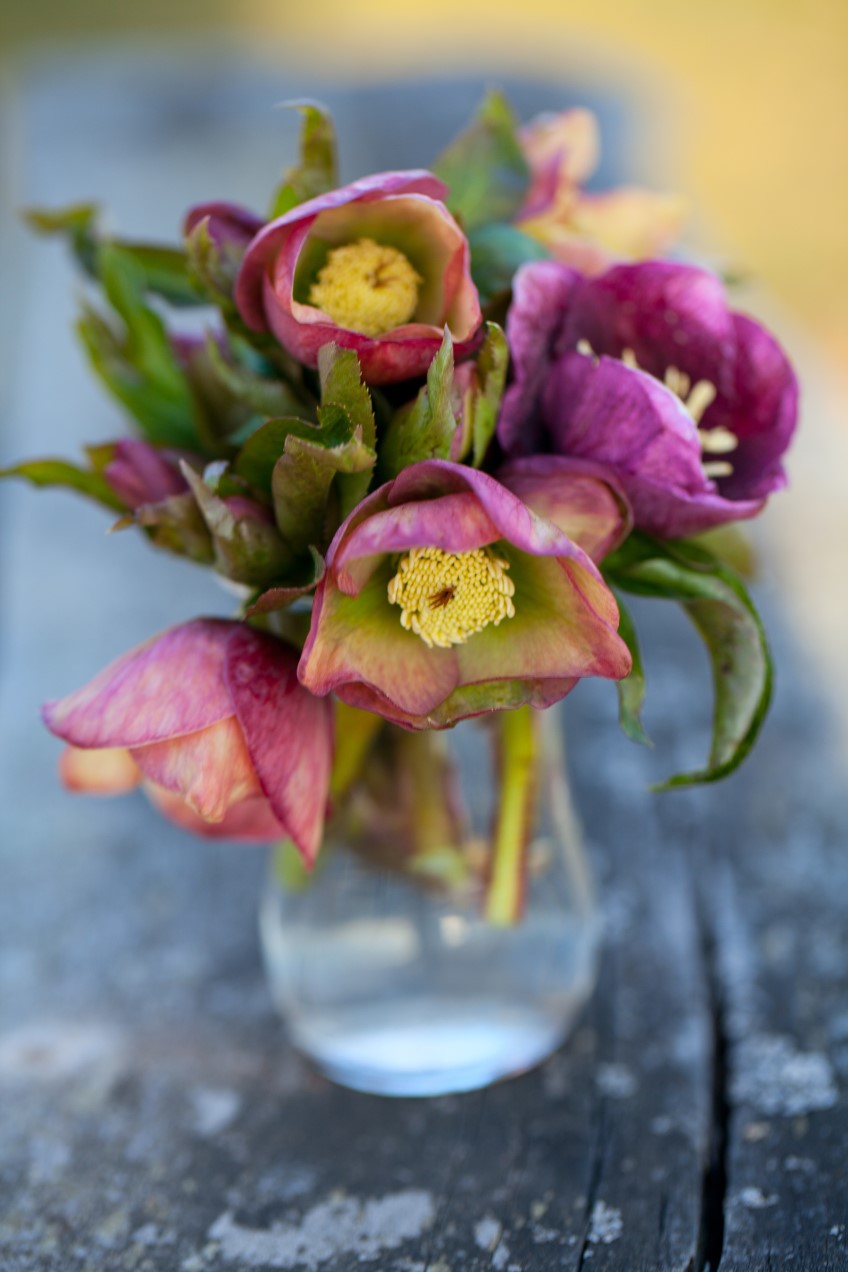
A simple vase. Photo - Diana Taliun/Shutterstock.com
Short stemmed hellebores - those filled with pollen - can be simply overturned, freckles facing the sky, and upended in a float bowl, they last 4-5 days
this way. We love Nana Alice’s old silver platters which hold less water. This extends the flower display 7-10 days as the flowers don’t come in contact
with too much water.
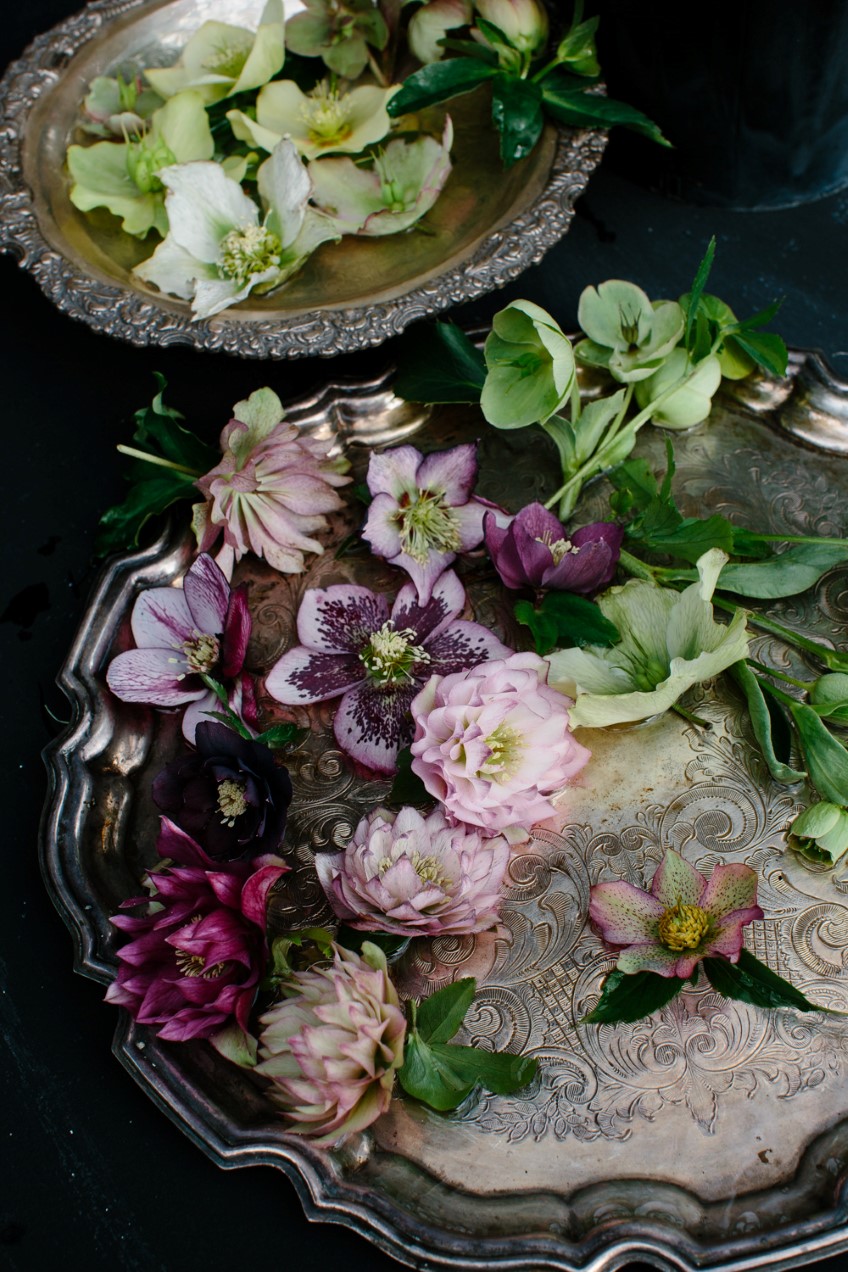
Pollen filled flowers. Photo - Luisa Brimble
To get hellebores to last in floral hair arrangements (gorgeous for winter weddings!), use ones that have a visible seed pod. The more developed the seed
pod, the sturdier the hellebore will be. This is because the sepals become stiff and waxy as the seed pod develops, which helps them resist wilting.
A really mature hellebore can actually hold up beautifully out of water for a day or more. They’re great for boutonnieres and hair flowers.
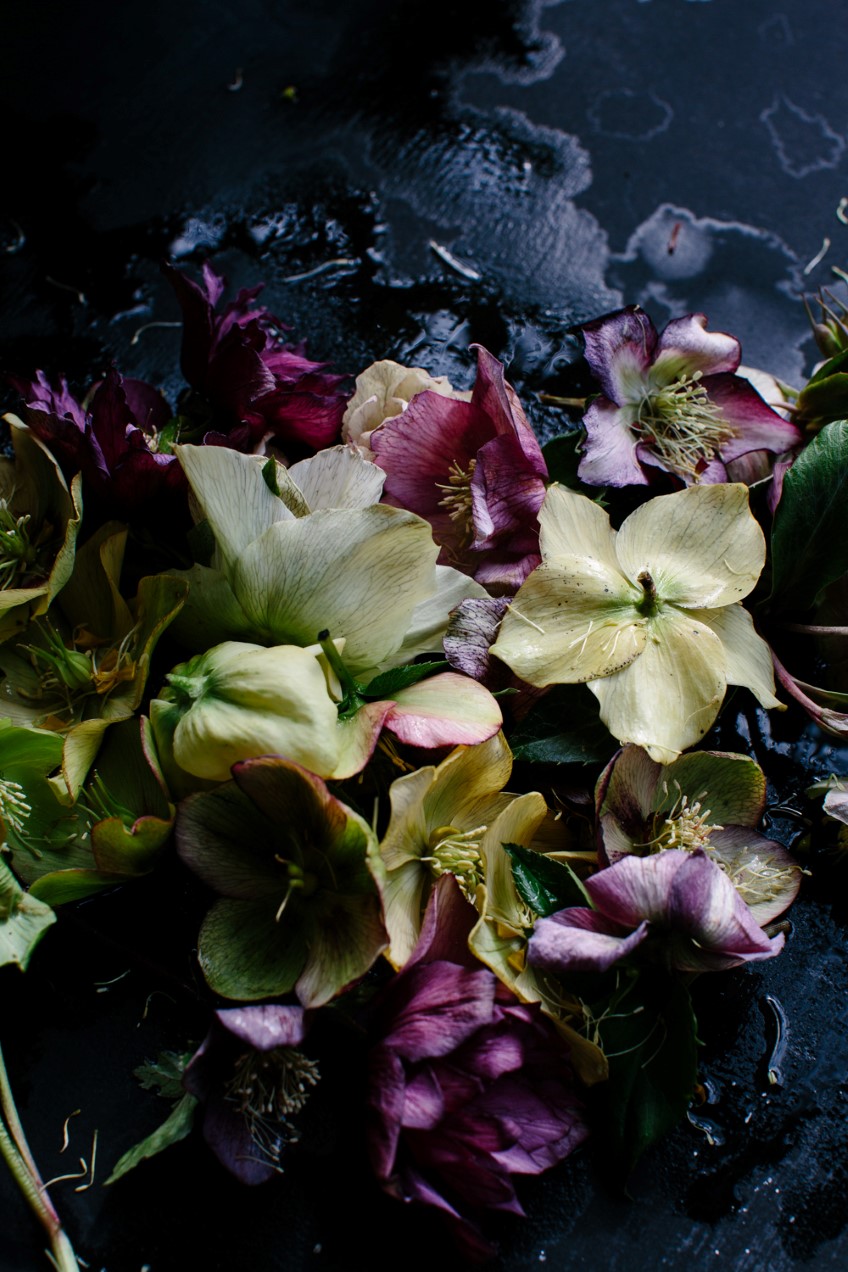
What a mess! Photo - Luisa Brimble
Hellebores are easy to grow and not demanding. Plant them in soil enriched with compost or manure and give them light-dappled shade. They’re perfect beneath
deciduous trees such as magnolias, crepe myrtles and maples, where winter sunshine will encourage more flowers and the summer canopy will protect them
from too much heat. Or just cram them into pots and bring them out when in flower.
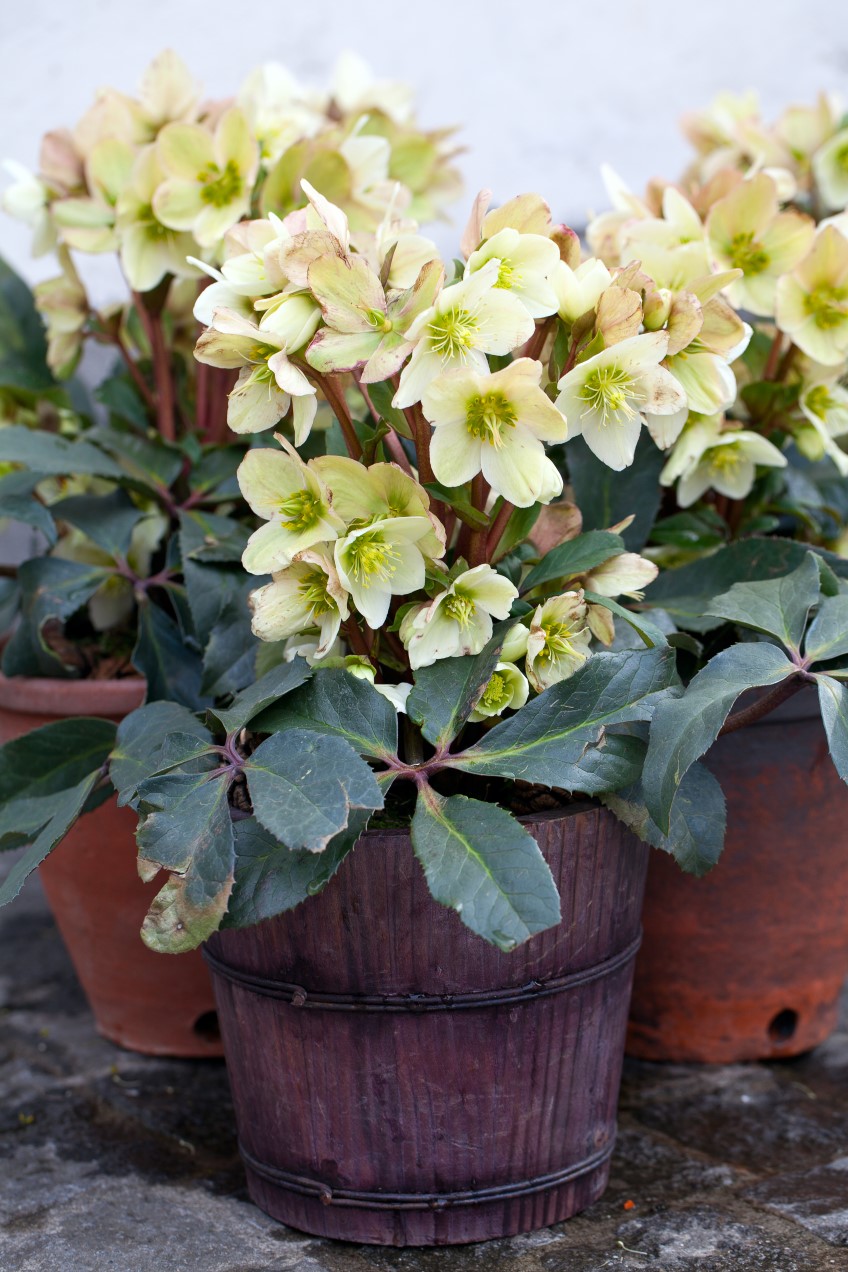
Ivory Prince. Photo - Diana Taliun/Shutterstock.com
Styling: Linda Ross
Plants thanks to Hellebores Down Under, Bilpin